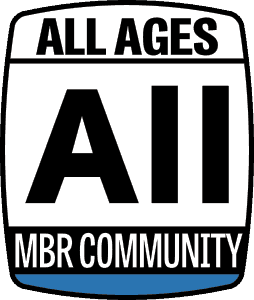Description
What would you do if there was a tool to help you make better decisions in less time? You’d jump at the chance, wouldn’t you?
Imagine you’re 7 years old and you’re at the candy store with your father. You’ve got 10 cents, and there are two treats you’d like to buy.
The trouble is, together, they cost 15 cents. As your father advised you, spending your money wisely would entail getting the most favorite treats you can afford. And you’d be satisfied with the purchase!
Eventually, you decide to get only one of your favored brands. So ultimately, while you may not have gotten everything you desired, you still got some of what you wanted.
Believe it or not, you used a mental model to help you make that decision. Or rather, at 7, you would have had the help of one of your father’s mental models.
As you grew, you would have added bits of your own experiences to this basic framework to help you make similar purchases in the future.
Based on this example, can you see how mental models work?
Mental models help you filter information, which allows you to see things more clearly and make better decisions.
Mental models are also a shortcut to finding the quickest and the best route to solve your problems, whether work-related or personal.





Comments